 Flowers Among the Carrion: Essays on the Gothic in Contemporary Poetry, by James Pate
Flowers Among the Carrion: Essays on the Gothic in Contemporary Poetry, by James Pate
If you mention the word “Gothic” in many circles today, there is usually an automatic association with architecture such as those from European Catholic churches. Some might think of a novel, such as Shelley’s Frankenstein or, adding a dose of the American South, Lee’s To Kill a Mockingbird. But Gothic poetry rarely receives recognition, usually finding itself subsumed into some larger movement and treated as little more than the result of a poet’s depressive moments. This is nothing short of a shame. Poetry is, by its very nature, a medium that allows the reader to engage with language on a primal, deeply intimate level and address the profound questions of reality in deceptively simple ways. The Gothic (and that is to say the truly Gothic, with its inherent existential crises and its use of the sublime) is and should be right at home within poetry, given the freedom to express that which both seduces and terrifies us. In his essay collection Flowers Among the Carrion, James Pate explores several beautiful, powerful examples of Gothic poetry and he argues for their relevance and value within the zeitgeist of today.
In this collection, Pate writes about the work of four Gothic poets: Sade Murphy, Johannes Goransson, Joyelle McSweeny, and Feng Sun Chen. Right from the start, the breadth of perspective is both impressive and engaging. This is not poetry coming from white English males, which is immediately refreshing. One of the central thematic aspects of Gothic literature is its questioning of presumed human significance, and this questioning is experienced across gender, racial, and national lines, through the whole of the species. What Pate does use more traditionally recognized Gothic writers for is to frame the discussion, either through the use of apt quotes or occasional comparison. The effect is to unify the Gothic and show it as an evolving entity that has greatly benefited from the addition of new, previously unrecognized voices. This in turn helps new readers engage by exposing heterogeneous literature that offers several layers of connection.
We want something – God, History, and Reason are the usual suspects – to mend the rupture, to fill in the gap. We want the seamless whole. But the Big Ideas don’t answer those basic questions anymore, no matter how many white-knuckled attempts are made.
This effort of increasing visibility is greatly helped by the quality of writing in the essays. Though the collection is short, Pate takes his time dissecting what he finds significant and delivers his analysis in a way that does not condescend or dumb down. He addresses existential questions and inversions of traditional symbols. Most importantly, he respects the process of using truly beautiful language to represent the horrifying and the psychologically imposing. Pate presents the reader with an accurate and concise historical framework in which to view these authors, and this efficiency is consistent throughout the essays. He raises fascinating points but trusts the reader enough to allow the reader to come to their own conclusions.
Many Romantics were influenced by Platonic thought, but this doesn’t take away their materialism – it simply complicates it, suggesting that materialism is never a given…
Of particular note in this collection is the manner in which Pate writes about it. It combines the freedom of a thought-piece with the intellectual rigor of academic papers and strikes an appreciable balance between the two. There isn’t a single citation of secondary sources throughout the book, and there isn’t the need for one. Pate is interacting with the poetry on a personal level and relaying his subjective perspective. At the same time, the reader is never given cause to question his experience and knowledge of Gothic poetry. He focuses on vital phrases and diction choices and is at no loss for words when deconstructing them. The result is something that feels comfortably informal and approachable, while passionate enough to be taken seriously.
When the Internet exploded onto the technological and socio-economic scenes, it was met with boundless optimism and a surety that promised its power to allow humanity to ascend. This is poignantly similar to the ages of Reason and Enlightenment, where the new information swelled the breasts of intellectuals and showed seemingly infinite possibilities. Gothic poetry serves the same purpose now that it did then. It questions, not out of pessimism but out of a healthy skepticism that challenges movements that consider themselves unstoppable. It is the manifestation of human doubt, of a primal understanding that, while we have come a considerable distance, we have a responsibility to check our egos against the vastness of existence. Pate’s essays do a stellar job of helping us reconnect with this necessary experience, and of helping us to acknowledge and appreciate the beauty in the process itself.
Flowers Among the Carrion is available now through Action Books.

 You Ask Me To Talk About the Interior, by Carolina Ebeid
You Ask Me To Talk About the Interior, by Carolina Ebeid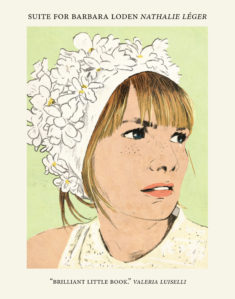 Suite for Barbara Loden, by Nathalie Lèger
Suite for Barbara Loden, by Nathalie Lèger Bruja, by Wendy Ortiz
Bruja, by Wendy Ortiz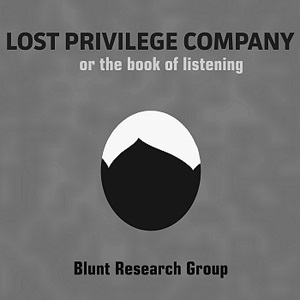 Lost Privilege Company, or the book of listening
Lost Privilege Company, or the book of listening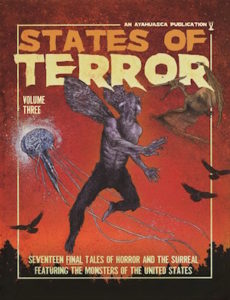 States of Terror, Vol. 3
States of Terror, Vol. 3 The Orchid Stories, by Kenward Elmslie
The Orchid Stories, by Kenward Elmslie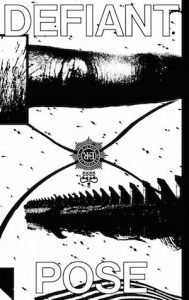 Defiant Pose, by Stewart Home
Defiant Pose, by Stewart Home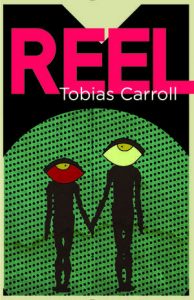
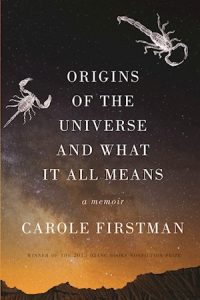

 Ford Over, by John Pluecker
Ford Over, by John Pluecker